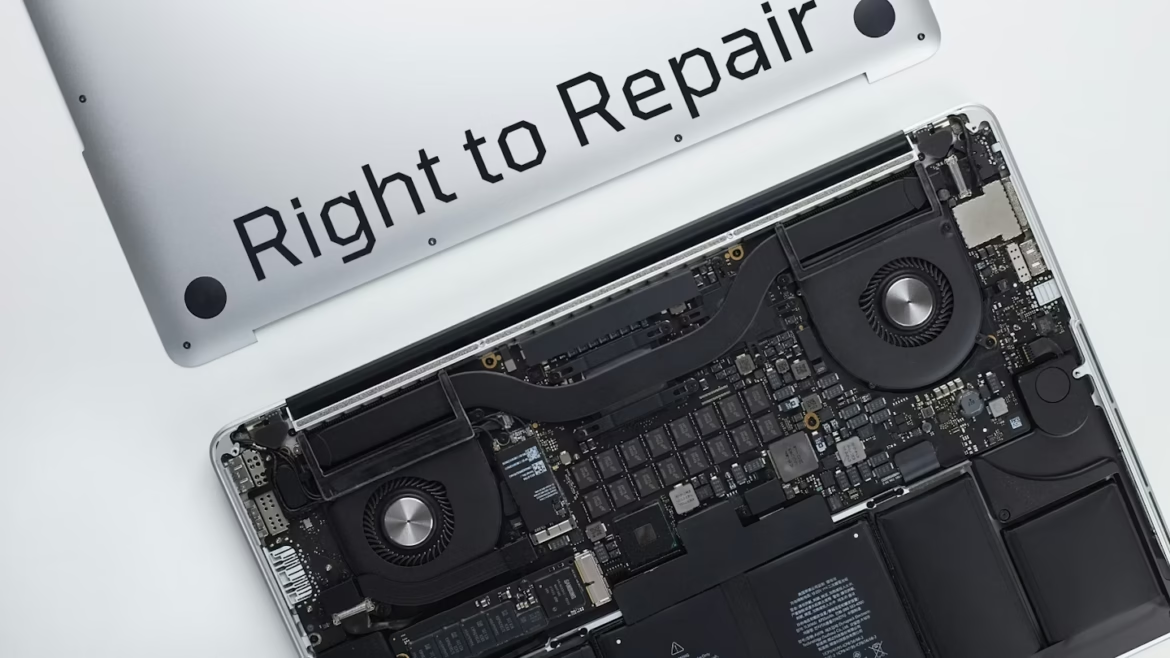In the age of fast tech and even faster upgrades, the debate between repairability and replaceability has become increasingly important. With sustainability, cost-efficiency, and consumer rights in focus, people are now asking: Should I fix my device—or just buy a new one? And more importantly: Which brands are supporting repair-friendly design, and which are pushing for full replacement?
This article explores the growing divide in the tech world and highlights the brands that are getting it right.
🔧 What’s the Difference?
- Repairability refers to how easily a device can be fixed when something breaks—like replacing a cracked screen, dead battery, or faulty charging port.
- Replaceability leans toward discarding the old device entirely and upgrading to a new one, often encouraged by brands with limited repair options or sealed hardware.
🧩 Why Repairability Matters
- Cost Savings for Users
A $50 battery replacement beats spending $1000 on a new phone. Repairable products offer long-term value for consumers. - Environmental Impact
Electronics generate millions of tons of e-waste every year. Repairing devices reduces that waste and the need for new raw materials. - Right to Repair Movement
More consumers are demanding the right to open, fix, and modify their own tech, just like fixing a car or changing a light bulb.
🔄 The Case for Replaceability
- Convenience Over Complexity
Swapping an old device for a new one is quicker than waiting for repairs—especially if repair centers are few and far between. - Rapid Tech Advancement
Some users prefer to upgrade to the latest tech rather than repair aging devices with outdated features. - Business Model Incentives
For many companies, offering full replacements drives more revenue than enabling repairs.
✅ Brands That Get Repairability Right
🟢 Fairphone
The gold standard for sustainable tech. Fairphone’s modular phones are built for easy, DIY repair, with parts available directly to consumers.
🟢 Framework (for laptops)
Framework laptops are designed to be upgraded and fixed like LEGO. You can swap out nearly every component—motherboard, ports, keyboard, and more.
🟢 Dell & HP (Select Models)
Many of their business laptops (like Dell Latitude and HP EliteBook) are highly repairable, with easy access to internal components.
🟢 Apple (Improving Slowly)
Once infamous for sealed designs, Apple now offers Self-Service Repair kits for iPhones and Macs, though some repairs still require technical expertise.
🚫 Brands That Prioritize Replaceability
🔴 Samsung (Mixed Track Record)
While they’ve made efforts to partner with iFixit for repair guides, many of their devices—especially foldables—remain tough to open and fix.
🔴 Microsoft Surface
These are sleek but notoriously difficult to repair, with components glued or soldered into place.
🔴 Google Pixel (Until Recently)
Earlier Pixel phones were difficult to repair, but newer models (like the Pixel 6 and up) are seeing improvements in repair accessibility.
🛠️ How to Know If a Product is Repair-Friendly
Check the iFixit Repairability Score, which rates devices from 1 (difficult) to 10 (easy to repair). Look for:
- Modular design
- Screws instead of glue
- Availability of spare parts
- Transparent repair policies
🌍 Why This Debate Matters More Than Ever
As the world pushes toward sustainability and circular economies, how tech companies treat repairability vs. replaceability will shape:
- Consumer trust
- Environmental impact
- Legal policies (such as right-to-repair laws being passed in the U.S. and Europe)
🔚 Final Thoughts
Repairability and replaceability aren’t just tech issues—they’re ethical choices. Brands that empower users to repair save them money, reduce e-waste, and promote independence. Those pushing replaceability need to rethink their role in a sustainable future.
As a consumer, the next time you’re buying a device, ask:
Can I fix it—or will I be forced to replace it?
That one decision could shape more than your wallet—it could shape the planet.
